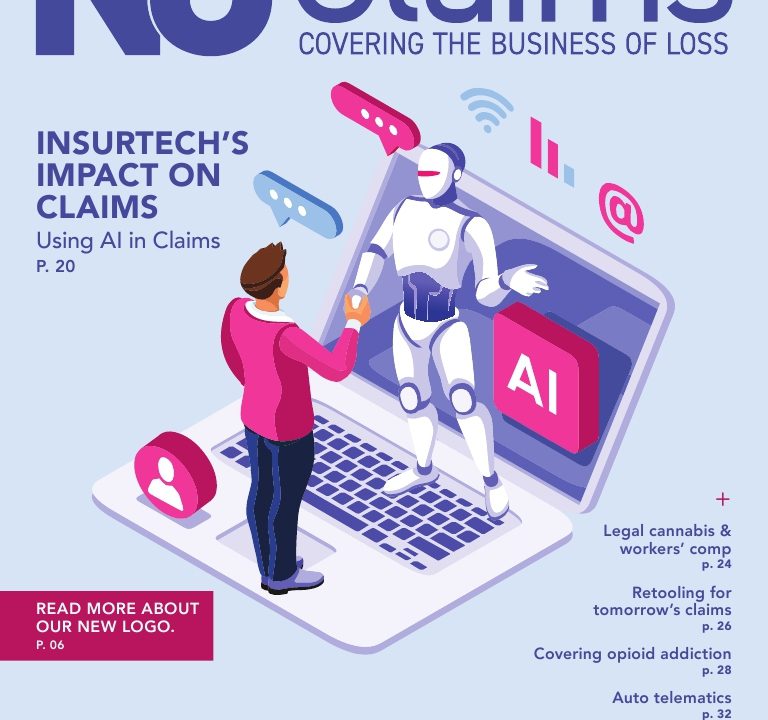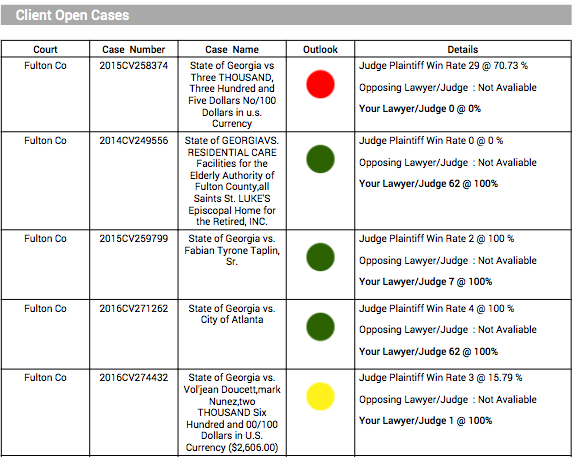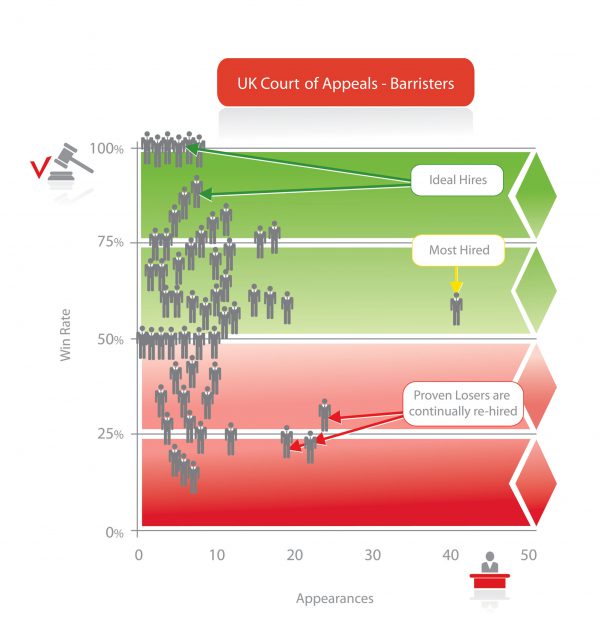How InsurTech Will Impact Litigation Management
How InsurTech Will Impact Litigation Management

Over the past two years, there’s been so much talk about InsurTech and how it’s going to “change everything”, that it’s easy to understand why some in the insurance biz have started to tune out. After all, while tech has driven massive change in other industries, everyone also knows at least a few people (men, usually) who can’t seem to get through the simplest interaction without blabbering on about “disruption”–meanwhile, of course, the biggest mouths never seem to get anything done.
Insurance is one of the last holdouts, but the time is coming when the old way of doing things is becoming unsustainable and when innovation could (will) make a dramatic impact on the sector. The challenge for claims managers, during a period of change, is the need to park the noise and hype and identify the innovations that will genuinely transform the market.
Last month, Premonition Director of Business Development Nathan Huber visited the InsurTech Connect 2017 conference in Las Vegas to scope out the latest developments in the industry. Like a lot of those within the insurance community, especially claims managers, he was particularly interested in how advances in deep machine learning and AI are changing the way companies calculate litigation costs. Nathan commented;
“Insurers get sued the most and they are always looking to improve their operational and risk models. […] For example, insurance companies have always based their risk models on data, but in the past, and despite the fact that litigation is one of an insurer’s biggest expenses, litigation and lawyer performance data has been opaque and difficult to obtain. It certainly has never been available on the scale and accessibility that we are bringing to the market. Now, for the first time, the industry has access to this data to measure their risk exposure and find top-performing lawyers.”
(See what else Nathan had to say about the event here.)
A lot of InsurTech start-ups have an almost science fictional quality. Some are developing wearable technologies or IoT-linked sensors that purport to revolutionize risk management and increase potential points of sale via constant, real-time data-streaming. The potential of these avenues is rich, but also in its infancy. We can see the immediate future of insurance more clearly by looking to the adaptations other industries have recently made.
Just as millions now do the lion’s share of their banking through phone apps, the same will soon be true of insurance. Consider that an estimated 500 million people used a mobile medical app in 2016. How many Americans, and millennials, in particular, would prefer to handle their health, travel and auto insurance by phone?
Imagine how a customer will react in five years if you ask them to fax in a form—you might as well tell them you only accept contracts drafted with quill and parchment.
As Nathan noted in his review of the InsurTech Connect conference, another field that claims managers can see a glimpse of the future is in legal services. Legal claims, settlements, inertia, stakeholders play a central role in the insurance industry and the assessment of risk.
Legal analytics providers, like Premonition, help consumers of legal services achieve better value from their spend (and have a better chance of winning their case) by using data to optimize how lawyers are selected: analytics take into account general factors like a given lawyer’s overall past performance, as well as more granular (and therefore, revealing) insights like how well a lawyer has performed before the judge assigned to a particular case.
Insurers are now considering how the information provided by such claims management software can be factored into their risk assessments:
 By monitoring overall trends in litigation in the areas your company insures (both geographical and categorical), claims managers can now account for the previously-nebulous costs of litigation with greater confidence. They can predict in advance the potential outcome of a case, bearing in mind the analytics available that show historic patterns of lawyer, case type, court, judge, and litigants.
By monitoring overall trends in litigation in the areas your company insures (both geographical and categorical), claims managers can now account for the previously-nebulous costs of litigation with greater confidence. They can predict in advance the potential outcome of a case, bearing in mind the analytics available that show historic patterns of lawyer, case type, court, judge, and litigants.
For claims managers, this kind of revolutionary insight can become case critical to litigation management.
It’s certainly the case that without the insight now provided by legal analytics, claims managers are flying blind. Never a comfortable ride.







